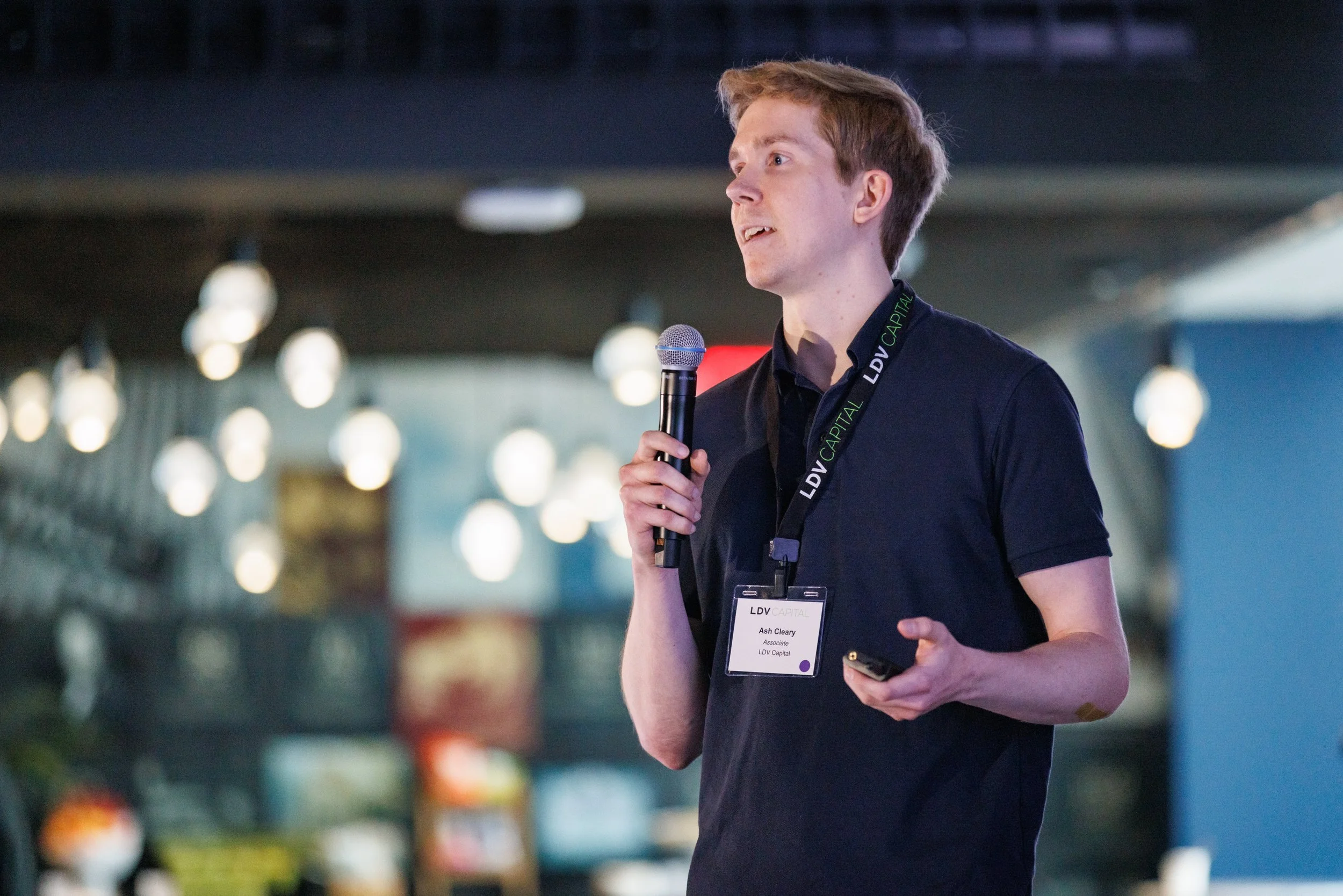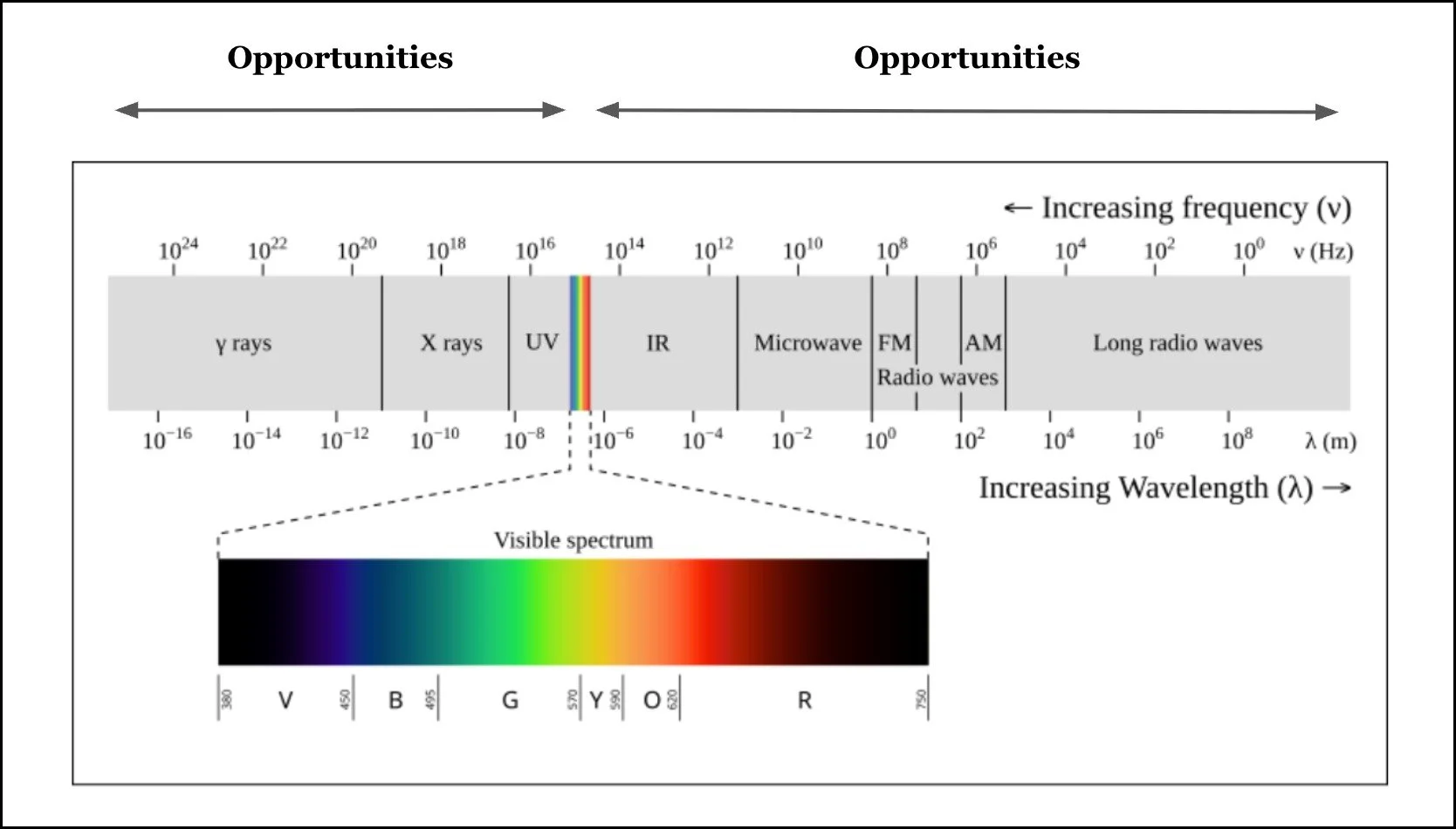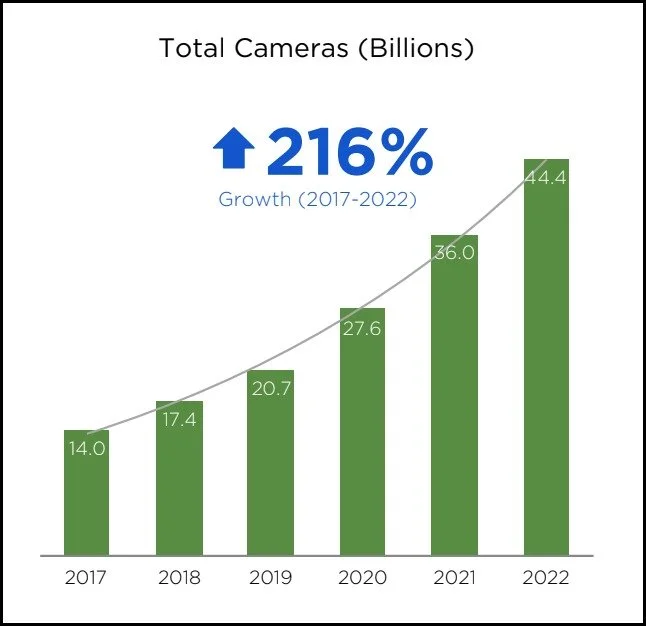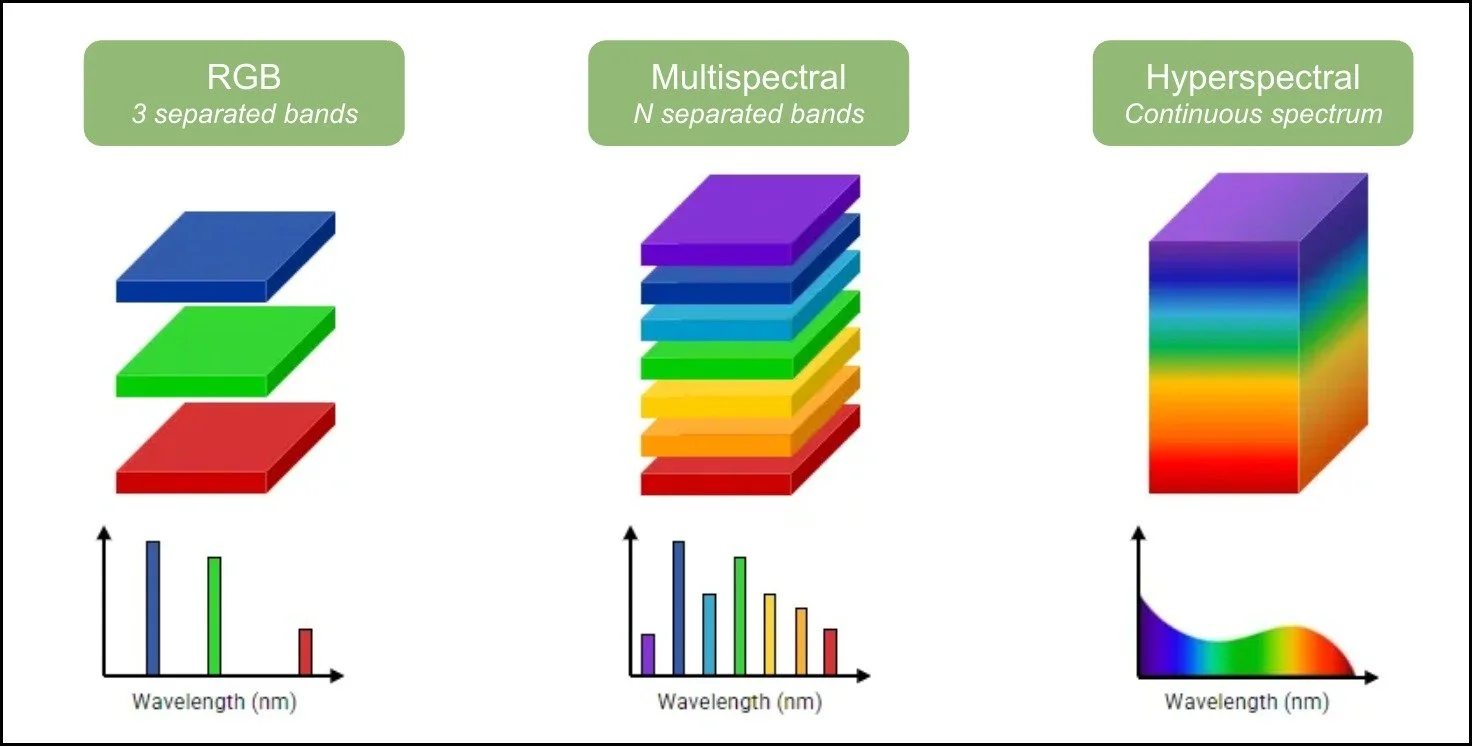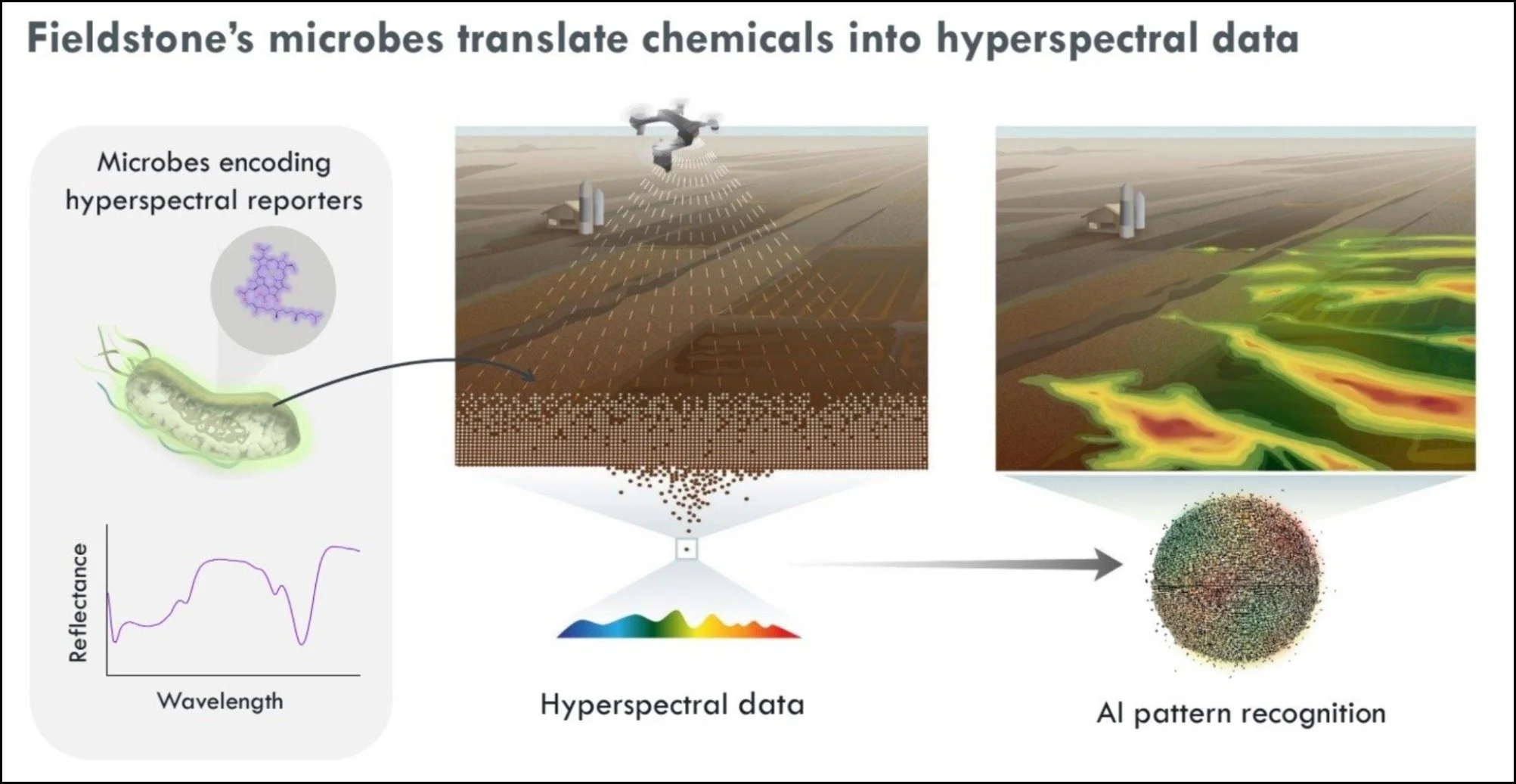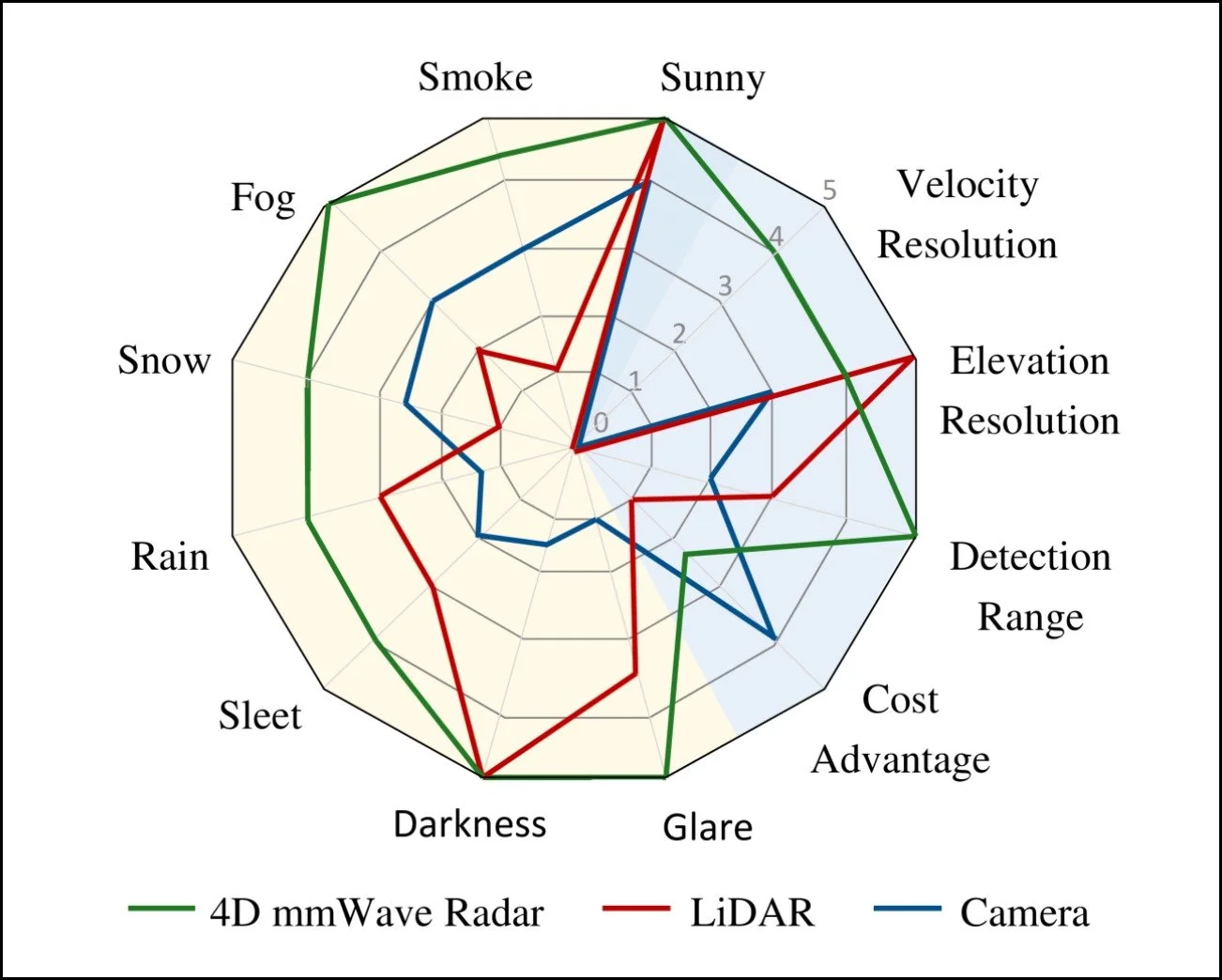Beyond Human Vision: Unlocking the Invisible with Visual Technology & AI
/In May, we shared photographs and stories from this year’s invite-only LDV Capital Annual General Meeting (AGM) – a special event where our LPs connect in person with our team, portfolio companies and experts. I presented a keynote on visual technologies that will unlock beyond what we can see as humans. We’re now excited to share a few of these trends with our wider LDV community.
Ash Cleary, Associate at LDV Capital ©Robert Wright/LDV Capital
Humans rely on vision to see, experience and navigate the world around us. We see objects only when they are within a light field created by a light source. As photons of light hit the pigments in our retina, they trigger signals which then are transmitted to the brain and deciphered into images that we interpret to tell us about our surroundings. Our brain's ability to collect, organize, analyze, and infer from the visual data it collects, is key to our intelligence.
The section of the electromagnetic radiation spectrum that is visible to the human eye, aka the visible light spectrum, ranges in wavelength from approximately 400 nanometers (nm) to 700nm. Consequently, the human eye can only perceive 0.0035% of the entire electromagnetic spectrum.
©2017 LDV Capital Insights Report
Cameras and visual sensors are built to function in a very similar way to the human eye with a method to capture light and a method to comprehend that data. As our 2017 LDV Capital Insights Report predicted that there would be 45 billion cameras and visual sensors worldwide by 2022 and we feel that we underestimated this amount. Approximately 95% of these camera systems only analyze visible light, leaving immense potential for camera systems and visual sensors capable of collecting exponential amounts of data that exists across the remainder of the electromagnetic spectrum.
Back in 2012, Evan Nisselson, Founder and General Partner at LDV Capital, coined the term “visual technologies” – referring to any technology that captures, analyzes, filters, displays, or distributes visual data – and published our unique investment thesis. Visual data can be any data across the light and electromagnetic spectrum from visible to ultraviolet, thermal, radar, LiDar, MRI, spectroscopy, hyperspectral, ultrasound and much more. To this day, we remain the only venture capital firm investing exclusively in people building businesses powered by visual tech and AI.
There are significant future trends and opportunities across the light and electromagnetic spectrum, including the following:
Hyperspectral imaging
Optical tomography
Nanoscale visual technology
Millimeter wave imaging and 3D LiDAR
Hyperspectral imaging
Hyperspectral imaging (HSI) is a powerful technique that collects and processes information from across the electromagnetic spectrum to obtain the spectrum for each pixel in an image. Unlike traditional RGB cameras that capture only three visible light bands, HSI collects data across hundreds of narrow spectral bands, allowing for highly detailed chemical and material analysis.
We are thrilled to be partnering with Fieldstone Bio, who leverage hyperspectral imaging in combination with synthetic biology to revolutionize chemical & environmental monitoring. Fieldstone Bio’s microbial maps help customers make informed decisions. Long-term, their data could train hyperspectral sensors to recognize environmental chemicals. While AI and hyperspectral imaging offer major promise, progress has been limited to large, easily detected targets. High-quality, high-resolution ground truth data is essential to expand this capability.
Optical tomography
Diffuse Optical Tomography (DOT) is a non-invasive imaging technique capable of visualizing structures several millimeters beneath the skin by tracking how light scatters through tissue. However, existing DOT systems are limited, achieving only centimeter scale resolution. We are excited with new advancements in optical tomography.
Nanoscale visual technology
Visual technologies at the nanoscale allow researchers to observe structures smaller than the wavelength of light. This level of detail is crucial in fields requiring atomic-level visualization.
Millimeter wave imaging and 3D LiDAR
Adverse environments, such as rain, snow, and fog, can significantly degrade the performance of LiDAR and cameras. Technologies like 4D millimeter wave radar and 3D LiDAR are enabling machines to perceive depth, motion, and even see through surfaces in challenging environments. Millimeter wave (mmWave) imaging can see through surfaces because its long wavelengths (1-10 mm) penetrate non-metallic materials like drywall, fabric, and fog.
4D mmWave radar not only provides 3D point clouds and velocity measurements but also maintains robustness in challenging conditions.
To improve 3D LiDAR perception, advancements are needed in both hardware and software. Hardware improvements include higher resolution, faster scanning, greater range, and the adoption of compact, solid-state LiDAR systems. On the software side, deep learning models for 3D object detection, segmentation, and SLAM (Simultaneous Localization and Mapping) must become more accurate and efficient, especially in real-time. Integrating LiDAR with other sensors like cameras and radar through precise sensor fusion will enhance robustness.
Across each of these technological frontiers – hyperspectral imaging, DOT, nanoscale visual tech & millimeter wave imaging – there is a redefinition of what imaging can achieve. Up until now, the majority of cameras and visual sensors in the world have been built to capture the light we can see as humans. In the next decades, at LDV Capital, we believe visual technologies will continue to unlock more of the electromagnetic spectrum and its potential across quality control, precision healthcare, navigation systems and more.
Let us know if you are either thinking of building or have already started building a startup leveraging visual technologies and AI to unlock the invisible beyond human vision.

